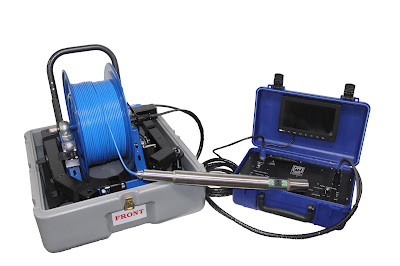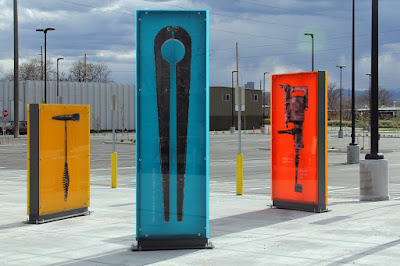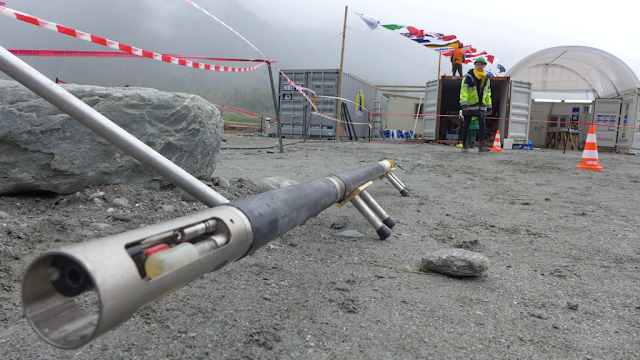When you are looking to delve deeper and understand the subsurface geology, you need the perfect gear for a smart exploration. Look for a comprehensive geological modeling and interpretation solution that serves your needs. For measuring dry density, you need borehole density probe and a system compatible with these logging probes.
Choosing a Logging Probe:
The specifications required by a logging probe may vary on various parameters. A density probe is used for applications like measuring petrophysical properties, density porosity, coal quality, coal delineation, and quantitative in-situ density. When selecting these probes, you need to follow the standards required for the specifications. Usually, these probes have a collimated density detector housing and a single caliper arm. They are mostly integrated with sodium iodide detectors. You should choose the right specifications as per the requirements of your exploration. The differences in these specs can cause deviations in the data sets generated by the geologists.
Choosing a Compatible Computer System:
You should prefer a rental fully-configured computer system that is pre-installed with borehole logging software. This system should be configured to the recommended settings and have tool configuration files installed on it. Moreover, it should be tested for compatibility with your logging equipment using configured files and systems. The software installed on it should allow conversion of data into accurate geological models and section maps. It should provide multidisciplinary data for accuracy in your operations.
Preferably, you should choose a reliable company for renting this specialized equipment for a smart geological exploration.





